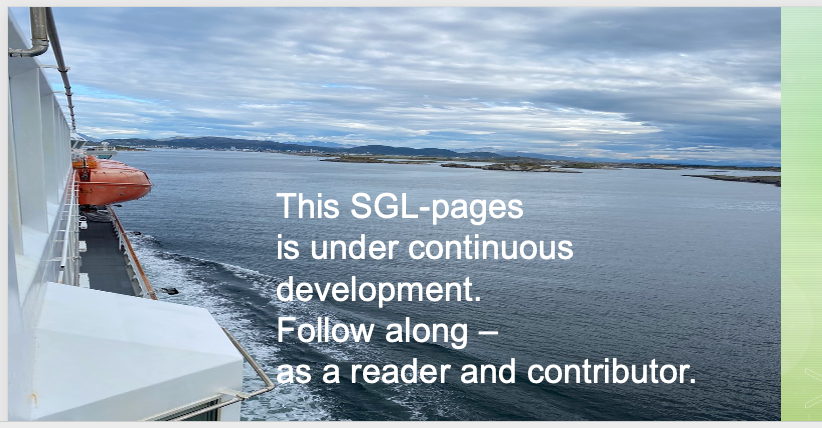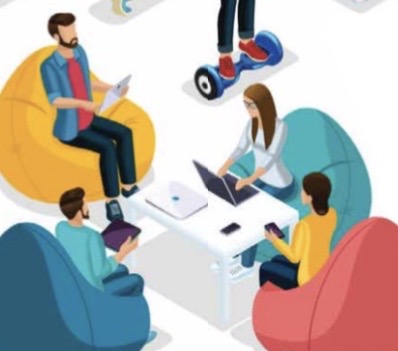




Secret: 3
Adaptation / Profitt / Quality
LESSON 3,1 – Be aware what the “world” and the tasks beyond your control, set on the agenda.
LESSON 3,2 – Explain what the change of colour-changes between the 1.st and 2.nd order means. Here illustrated in the figure-of-double-loop-learning. Raise awareness of the connections between leadership and results, as well as the balance between employees “ownership” and the owners profitt.
LESSON 3,3 – Give concrete examples of what values must be adhered to, in order to achieve Continuous Improvement through experiential learning, and Total Quality Management / TQM
